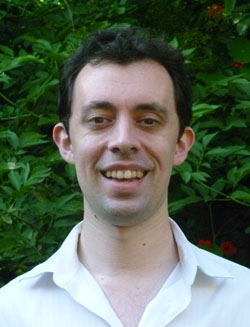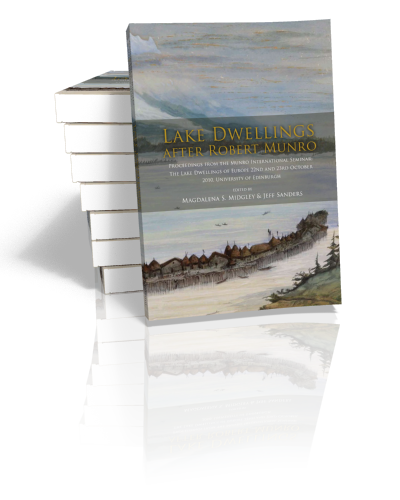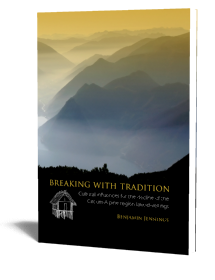Abstract:
Dr Robert Munro (1835-1920) was a distinguished medical practitioner who, in his later life, became a keen archaeologist. His particular interests lay in the lake-dwelling settlements of his native Scotland, known as crannogs, as well as those then being discovered across Europe. In 1885 Robert Munro undertook a review of all lacustrian research in Europe, travelling widely to study collections and visit sites. The results of this work formed the basis for the prestigious Rhind Lectures at the Society of Antiquaries of Scotland in 1888. These were then published as The Lake-Dwellings of Europe, a landmark publication for archaeology and one that cemented Munro’s archaeological reputation.
In 1910 Robert Munro offered the University of Edinburgh a financial gift with which to fund lectures in Anthropology and Prehistoric Archaeology. Over the past century this has been done through the Munro Trust. In 2010, the year of the centenary of the Munro Trust, the University of Edinburgh and the Society of Antiquaries of Scotland jointly celebrated the occasion with a gathering of Continental and British scholars. The papers presented in this publication are the results of that international seminar.
This book will engage all those interested in European lake dwellings, wetland archaeology and the history of archaeology in the 19^th^ century. The collected papers explore the historical context of Munro’s work, as well as introducing current research from across Europe. The book will appeal to both the professional and the interested amateur, of which Munro himself represented such an exciting synthesis.
Contents
1 Munro and the emergence of archaeology
Magdalena S. Midgley and Jeff Sanders
2 A man changed by Darwin
David Clarke
3 Research on Neolithic and Early Bronze Age wetland sites on the north European plain
Johannes Müller
4 All in good tradition? some thoughts on cultural markers in a late Neolithic lakeside dwelling from Switzerland
Thomas Doppler, Sandra Pichler, Brigitte Röder, Jörg Schibler
5 Copper artefacts of the Mondsee group and their possible sources
Carolin Frank and Ernst Pernicka
6 Forging a chronological framework for Scottish crannogs; the radiocarbon and dendrochronological evidence
Anne Crone
7 Crannogs as buildings: the evolution of interpretation 1882 – 2011
Graeme Cavers


Dr.
Jeff Sanders
Jeff Sanders works for the Society of Antiquaries of Scotland, project managing ‘Dig It! 2015’ a year-long celebration of Scottish archaeology. Before this he was responsible for the Scottish Archaeological Research Framework (ScARF). His doctoral research at the University of Edinburgh explored the history of interpretation of prehistoric landscape. His research interests include: Scottish archaeology, European prehistory, research management, and ritual studies.
read more










